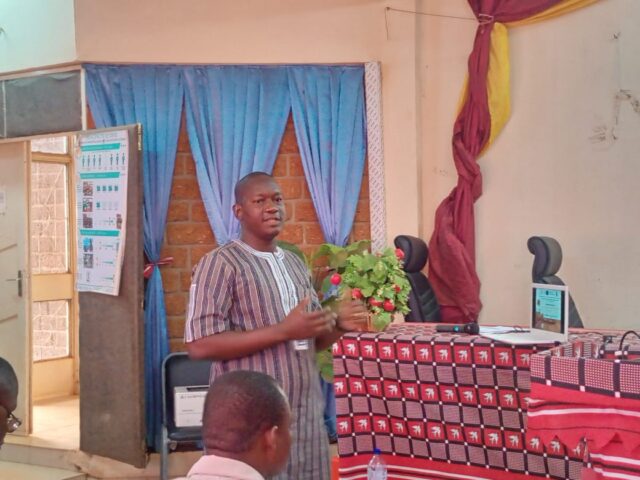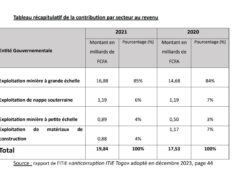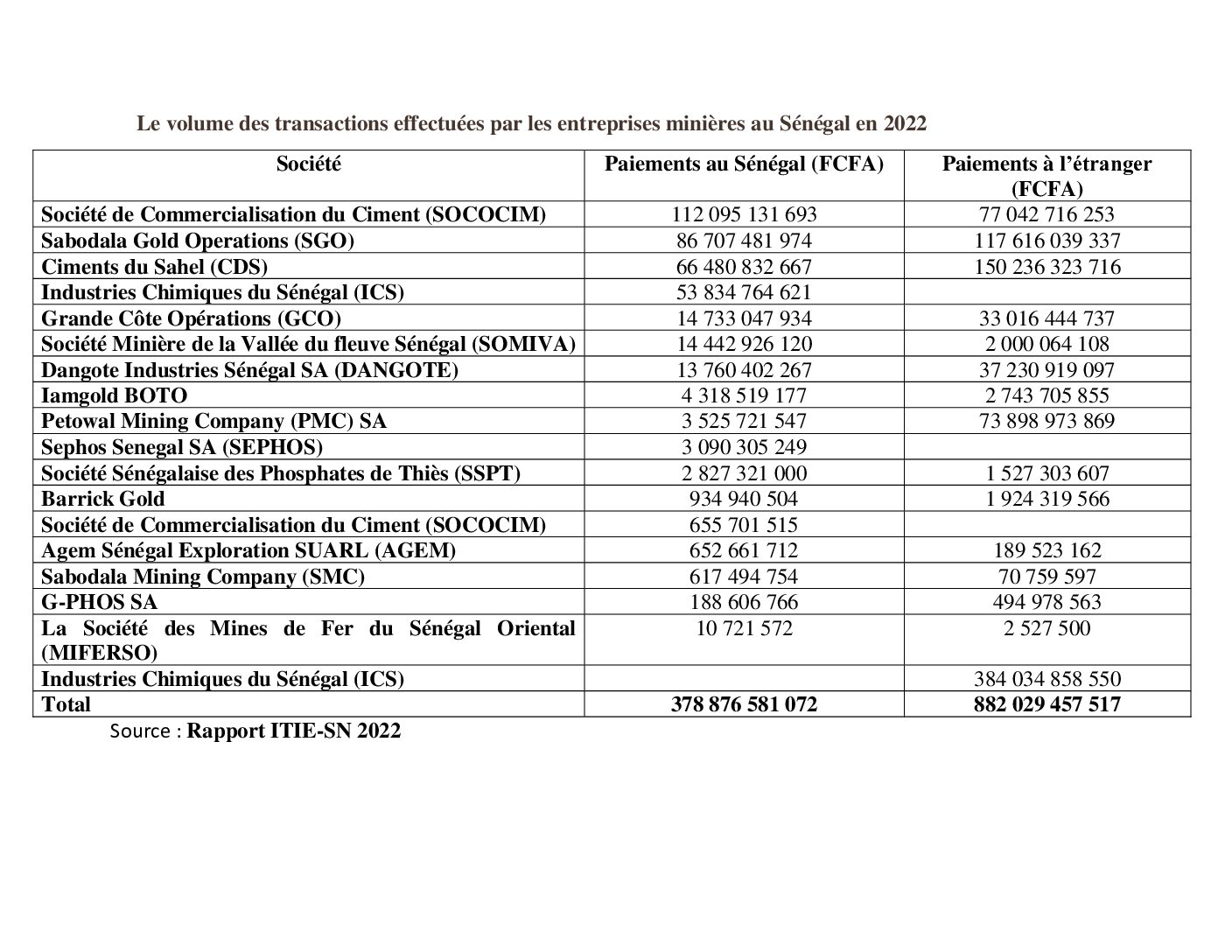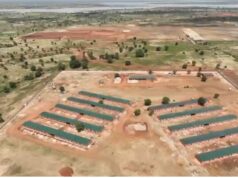The Ministry of Energy, Mines and Quarries is organising the Cut Laterite Bricks (Briques latérites taillées – BLT) Promotion Day in Dano, in the South-West region, on 23 and 24 November 2023. Hervé Kalmogo, Director of Quarry Substances Promotion, led a panel discussion on the theme “Laterite: a treasure hidden in our soil”. The aim of his presentation was to highlight the enormous potential of laterite, with a view to generating interest in it.
“Laterite has a wide range of uses. They include building construction, public works and transport”, said the Director of Quarry Substances Production.
He explained that laterite in its natural form may appear to be a simple rock with no economic value. However, the process of transforming it into bricks reveals its hidden value. According to Hervé Kalmogo, in certain regions where it is abundant, it becomes an essential building material.
According to the latter, the advantages of laterite are numerous. Once exposed to the open air, these bricks harden quickly and are remarkably resistant to the vagaries of the weather. They offer thermal comfort because they can absorb and store heat. They also improve indoor air quality by regulating humidity. They do not emit volatile organic compounds, which is good for your health.
He also claims that lateritic bricks have good structural stability because they have mechanical properties such as compressive strength.
“What’s more, the raw material for laterite bricks can be easily recycled by crushing (…). Lateritic bricks often have a reddish or terracotta colour, which gives them a natural and aesthetically pleasing appearance,” he points out.
He went on to say that laterite mining generates jobs both directly and indirectly through the transport and construction sectors. It feeds the construction industry, boosting living conditions and the economic potential of the regions concerned.
Looking ahead, Hervé Kalmogo proposed that the government adopt a policy to encourage the use of local materials, for example by deciding that the majority of public buildings in high-potential areas should be made from compressed laterite bricks. For the ministry responsible for mines, he proposed that steps be taken to standardise certain sites in partnership with universities, and that a survey of all the main potential BLT sites be continued.
As a reminder, laterite is formed in tropical climates by the physical and chemical alteration of pre-existing rocks over a long period of time. It covers 33% of the continents.
#Mines_Actu_Burkina










